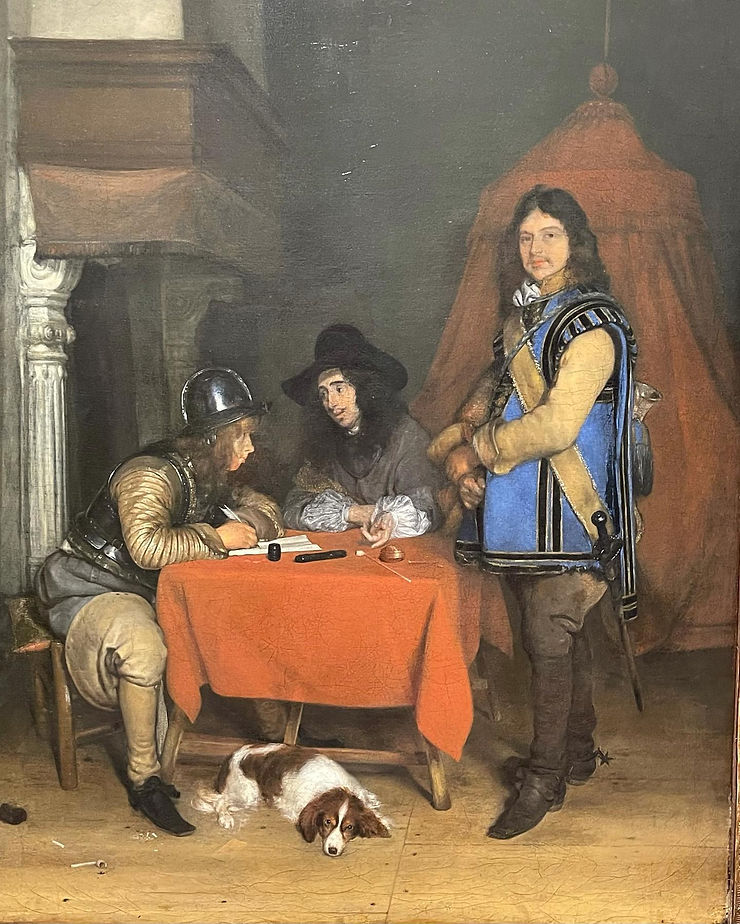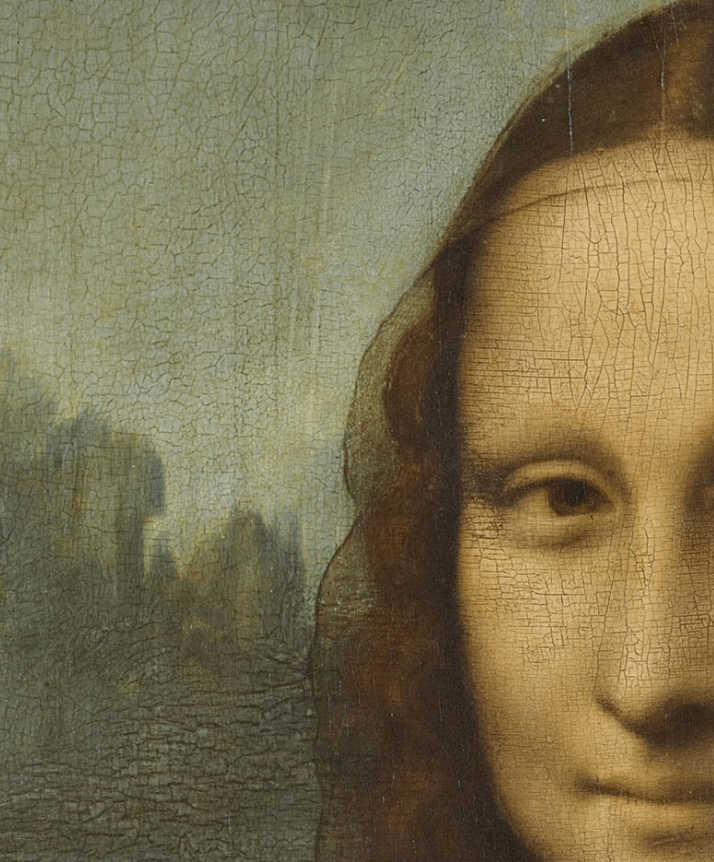A coin and an ace of hearts - Joseph Wright “of Derby” and Gerard ter Borch
- Slava Prakhiy

- Jul 31, 2021
- 2 min read
In non-art related news: the Sydney lockdown ‘21 is extended for another month – until August 28th. Please send sydneysiders some good vibes. Maybe visit some art galleries and cool exhibitions on our behalf.
In the meantime, I continue to look for glimpses of joy in my art-related memories.
There were two paintings at the last exhibition in Canberra from the National Art Gallery London, each with a tiny detail, a small clue, a breadcrumb, that leads to a hidden meaning. I adore when artists give us little gifts like that – as viewers we feel clever and empowered when we get “the joke”.
The first painting is by Gerard ter Borch – An officer dictating a letter c. 1655-58. We don’t really know what exactly is happening in the painting. Is the man in the dark hat dictating a letter to the soldier in the helmet? Or are they having a discussion about what should be in the letter? Why is the man in the vibrant blue vest looking at us? Is he just a delivery man, waiting for the letter to be finished?
The clue to the contents of the letter could be in what’s faintly visible next to the pensive dog, who is staring at us as intensely as the man in blue. It is hardly visible, but there can be no doubt that it’s an ace of hearts. It may have faded out with time or, conversely, perhaps it was painted out by the artist and came through the paint with age. In any case, it could it mean that the letter concerns matters of the heart?
The second painting is by Joseph Wright “of Derby” – Mr and Mrs Thomas Coltman c. 1770-72, painted almost a century later. This style of painting is called a “conversation piece” and it was exceedingly popular with the exceedingly rich folk in 18th century Britain. In this particular piece, Wright depicts a recently married couple – Thomas Coltman and his wife Mary in all their finery. Mr Coltman’s toned legs are clad in stylish yellow breeches. If we look closely, we can spot an outline of a coin, concealed under the tight leather. The meaning of the coin is frustratingly out of our reach but we do know that Coltman was a friend and a patron of the artist. We can only make guesses as to the meaning of that coin. What do you think it means?









Comments